Culture and Sustainable Tourism: Does the Pair Pay in Medium-Sized Cities?
Abstract
:1. Introduction
2. Research Objective
- The awareness of the existence and importance of cultural heritage (CH);
- The perception of CH as a potential for tourism development;
- The focus on measurable, tangible results:
- ○
- Economic effect (jobs, income),
- ○
- Image effect (renovations, investment in fixed assets);
- Linking CH with sustainable development (support for local producers);
- Involvement of residents:
- ○
- Interest in culture,
- ○
- Involvement in the creation of culture,
- ○
- Establishment of local cultural action groups,
- ○
- Involvement in NGOs.
- the attitude of local authorities to the development of culture—how its role is perceived and what actions follow it—realised and planned (included in development strategies, declared during interviews, cooperation with the environment, e.g., NGOs, and actions taken);
- characteristics concerning the involvement of residents (including, among others, in the creation of culture, although also the attitude to culture itself and the level of civic activity).
3. Theoretical Background
3.1. Research Area—Medium-Sized City—City Scale in the Face of Challenges Arising from Globalisation (First Pillar)
3.2. Urban and Cultural Tourism (Second Pillar)
3.3. Sustainable Urban Tourism and Cultural Tourism (Sustainable Tourism—Third Pillar)
- Does culture in the city contribute to the creation of new jobs in other sectors (e.g., tourism, trade)?
- Has there been any major renovation or revitalisation work done to venues hosting cultural events in the last decade or so?
- Were activities related to investments in the field of culture combined with active acquisition of external funds for this purpose? What was the scale of beneficiary involvement?
- What was the level of involvement of local communities in participating in activities related to the cultural sector (consumption and creation of culture)?
4. Research Methodology
- vice-president (or deputy mayor) in charge of cultural affairs in the municipal office;
- an employee of the cultural affairs department of the municipal office;
- the city secretary.
- class c (higher level) (cities whose distance from the benchmark exceeds ;
- class b (medium level) (cities for which the distance from the benchmark is in the range );
- class a (lower level) (cities whose distance from the benchmark does not exceed ).
5. Results
- the construction of new or the renovation of existing concert halls, open-air stages, etc.;
- tasks aimed at strengthening the cultural potential of the city for the development of tourism;
- the organisation of cultural events;
- works related to saving cultural heritage; all kinds of works related to the revitalisation of historic districts or individual buildings are also included here, if at least part of the works included improving the provision of cultural services;
- the revitalisation or construction of new facilities in which community centres or cultural centres are already located or will be located;
- the revitalisation, construction, or adaptation of buildings for library purposes;
- the revitalisation of theatre buildings;
- the revitalisation or adaptation of buildings for museums or art galleries;
- the revitalisation or modernisation of cinemas;
- any work within green areas—such as parks—associated with the construction or renovation of amphitheatres;
- using the Internet to promote or publicise the cultural resources of cities.
- Chełm (the renovations concerned: the Chełm Culture Centre, the Zorza Film Culture Centre, the M. P. Orsetti Chełm Public Library);
- Zgierz (investments related to: Children Culture Centre, “Weaver City” Cultural Park, the new building of the branch of the Municipal and District Public Library);
- Przemyśl (“renovation of the Kazimierz Castle (seat of a city cultural institution), revitalisation of a historic post-military facility (seat of the city library), renovation of a voivodeship cultural institution, major renovation of the new seat of the Archdiocesan Museum”);
- Będzin (“revitalisation of Castle Hill, renovation and opening of the Będzin Underground, renovation work on the medieval castle, which is the seat of the Zagłębie Museum, modernisation work on the Jan Dorman Zagłębie Children’s Theatre and the Cultural Centre, thermal modernisation of the Municipal and District Public Library”);
- Wejherowo (“Renovation of Wejherowo Calvary in 2008 and restoring its former splendour from the times of Jakub Wejher, the founder of the Calvary, construction of the Kashubian Philharmonic, restoration of the Museum of Kashubian-Pomeranian Literature and Music with the discovery of old frescoes, restoration of the Town Park adjacent to the Museum, former seat of Wejherowo’s owners, extension of the Music School with a concert hall, restoration of historic churches including the parish church and the Franciscan church founded by Jakub Wejher, founder of Wejherowo and the crypts of the town founder and other Wejherowo’s owners in the basements”).
6. Discussion: Why Does a City Need Sustainable Cultural Tourism?
- Any form of tourism that we introduce should be sustainable in order to avoid negative effects. If we are dealing with tourism in the city, then cultural tourism must also be included in the sustainable dimension. Despite the different approaches to sustainable tourism, it is most important to have a comprehensive view of the problem, also regarding the contribution of culture to the development of sustainable tourism.
- Urban cultural tourism gained worldwide recognition in the 1990s as a powerful factor in the revitalisation of cities and regions. In times of economic hardship, when some countries, regions, and communities were cutting back on spending, cities and regions such as Barcelona, Osaka, Glasgow, Rotterdam, and Manchester invested in creative economy paradigms in which heritage-based development strategies played a central role [81]. Culture and cultural heritage (both tangible and intangible) are important for tourism and for the attractiveness and competitiveness of cities because heritage has become a key tool to bring tourism to declining urban and rural areas and to revive neglected industrial regions [74].
- The production of culture has become central to many development strategies around the world [101,102,103]: many regions and cities now actively use their tangible and intangible cultural resources as means of a comparative advantage to support development strategies and to create local distinctiveness in the face of globalisation [81].
7. Summary
Author Contributions
Funding
Institutional Review Board Statement
Informed Consent Statement
Data Availability Statement
Conflicts of Interest
References
- World Summit on Sustainable Development. The Johannesburg Declaration on Sustainable Development. 2002. Available online: https://ec.europa.eu/environment/archives/wssd/documents/wssd_pol_declaration.pdf (accessed on 4 May 2021).
- Jørgensen, S.E.; Fath, B. Encyclopedia of Ecology; Elsevier: Amsterdam, The Netherlands, 2008. [Google Scholar]
- Bramwell, B.; Lane, B. Sustainable Tourism: An Evolving Global Approach. J. Sustain. Tour. 1993, 1, 1–5. [Google Scholar] [CrossRef]
- Butler, R.W. Sustainable tourism: A state-of-the-art review. Tour. Geogr. 1999, 1, 7–25. [Google Scholar] [CrossRef] [Green Version]
- Sharpley, R. Tourism and Sustainable Development: Exploring the Theoretical Divide. J. Sustain. Tour. 2000, 8, 1–19. [Google Scholar] [CrossRef]
- Saarinen, J. Traditions of sustainability in tourism studies. Ann. Tour. Res. 2006, 33, 1121–1140. [Google Scholar] [CrossRef]
- Bramwell, B. Opening Up New Spaces in the Sustainable Tourism Debate. Tour. Recreat. Res. 2007, 32, 1–9. [Google Scholar] [CrossRef]
- Bramwell, B.; Lane, B. Priorities in Sustainable Tourism Research. J. Sustain. Tour. 2008, 16, 1–4. [Google Scholar] [CrossRef]
- Buckley, R. Sustainable tourism: Research and reality. Ann. Tour. Res. 2012, 39, 528–546. [Google Scholar] [CrossRef] [Green Version]
- Saarinen, J. Critical Sustainability: Setting the Limits to Growth and Responsibility in Tourism. Sustainability 2014, 6, 1–17. [Google Scholar] [CrossRef] [Green Version]
- Ruhanen, L.; Weiler, B.; Moyle, B.D.; McLennan, C.J. Trends and patterns in sustainable tourism research: A 25-year bibliometric analysis. J. Sustain. Tour. 2015, 23, 517–535. [Google Scholar] [CrossRef] [Green Version]
- Paunović, I.; Jovanović, V. Implementation of Sustainable Tourism in the German Alps: A Case Study. Sustainability 2017, 9, 226. [Google Scholar] [CrossRef] [Green Version]
- Couto, G.; Castanho, R.A.; Santos, C.; Pimentel, P.; Sousa, Á.; Faria, S.; Batista, M.d.G. Guidelines for Tourism Sustainability in Ultra-Peripheral Territories: A Research Based on the Azores Region’s Touristic Companies’ Analysis. Sustainability 2021, 13, 3895. [Google Scholar] [CrossRef]
- Brauer, R.; Dymitrow, M. The Language of Sustainable Tourism as a Proxy Indicator of Quality. Sustainability 2021, 13, 25. [Google Scholar] [CrossRef]
- Cottrell, S.P.; Vaske, J.J.; Roemer, J.M. Resident satisfaction with sustainable tourism: The case of Frankenwald Nature Park, Germany. Tour. Manag. Perspect. 2013, 8, 42–48. [Google Scholar] [CrossRef]
- Su, M.M.; Wall, G.; Xu, K. Heritage tourism and livelihood sustainability of a resettled rural community: Mount Sanqingshan World Heritage Site, China. J. Sustain. Tour. 2016, 24, 735–757. [Google Scholar] [CrossRef]
- Li, P.; Wang, F.; Zheng, X.; Huang, J. Influencing Factors and Mechanism of Urban Community Tourism Development: A Case Study of Beijing. Sustainability 2020, 12, 2806. [Google Scholar] [CrossRef] [Green Version]
- Interreg Europe. Sustainable Tourism: An Opportunity for Regions to Benefit from Their Cultural and Natural Heritage; European Union: Brussels, Belgium, 2018. [Google Scholar]
- Sangchumnong, A.; Kozak, M. Sustainable cultural heritage tourism at Ban Wangka Village, Thailand. Anatolia 2018, 29, 183–193. [Google Scholar] [CrossRef]
- Gilli, M. The establishment of national heritage tourism: Celebrations for the 150th anniversary of the unification of Italy. In The Routledge Handbook of Cultural Tourism; Smith, M., Richards, G., Eds.; Routledge: London, UK, 2012. [Google Scholar]
- Richards, G. The Development of Cultural Tourism in Europe. In Cultural Attractions and European Tourism; Richards, G., Ed.; CABI: Wallingford, UK, 2001. [Google Scholar]
- Steinecke, A. Kulturtourismus: Marktstrukturen, Fallstudien, Perspektiven; De Gruyter Oldenbourg: München, Germany, 2007. [Google Scholar]
- Karwińska, A. Kultura. In Kultura a Rozwój; Hausner, J., Karwińska, A., Purchla, J., Eds.; Narodowe Centrum Kultury: Warsaw, Poland, 2013. [Google Scholar]
- Środa-Murawska, S. Rozwój Oparty na Sektorze Kultury—Doświadczenia Średnich Miast w Polsce; Wydawnictwo Naukowe Uniwersytetu Mikołaja Kopernika w Toruniu: Toruń, Poland, 2019. [Google Scholar]
- Williams, R. Keywords: A Vocabulary of Culture and Society; Oxford University Press: New York, NY, USA, 2015. [Google Scholar]
- McKercher, B.; Du Cros, H. Cultural Tourism: The Partnership between Tourism and Cultural Heritage Management; The Haworth Hospitality Press: New York, NY, USA, 2002. [Google Scholar]
- International Council on Monuments and Sites (ICOMOS). Charter on the Protection and Management of Underwater Cultural Heritage; ICOMOS: Sofia, Bulgaria, 1996. [Google Scholar]
- Richards, G. The Market for Cultural Attractions. In Cultural Attractions and European Tourism; Richards, G., Ed.; CABI: Wallingford, UK, 2001. [Google Scholar]
- Timothy, D.J.; Boyd, S.W. Heritage Tourism; Pearson Education: Harlow, UK, 2003. [Google Scholar]
- Garrod, B.; Fyall, A. Heritage Tourism: A Question of Definition. Ann. Tour. Res. 2001, 28, 1049–1052. [Google Scholar] [CrossRef]
- Timothy, D.J. Making sense of heritage tourism: Research trends in a maturing field of study. Tour. Manag. Perspect. 2018, 25, 177–180. [Google Scholar] [CrossRef]
- Ivanova, M.; Buda, D.M. Thinking rhizomatically about communist heritage tourism. Ann. Tour. Res. 2020, 84, 103000. [Google Scholar] [CrossRef]
- Yan, H. Heritage Tourism in China. Modernity, Identity and Sustainability; Channel View Publications: Bristol, UK, 2017. [Google Scholar]
- Green, M. Urban Heritage Tourism: Globalization and Localization. In Cultural Attractions and European Tourism; Richards, G., Ed.; CABI: Wallingford, UK, 2001. [Google Scholar]
- Richards, G. European Cultural Attractions: Trends and Prospects. In Cultural Attractions and European Tourism; Richards, G., Ed.; CABI: Wallingford, UK, 2001. [Google Scholar]
- Smith, M.; MacLeod, N.; Robertson, M.H. Key Concepts in Tourist Studies; SAGE: London, UK, 2010. [Google Scholar]
- Poria, Y.; Butler, R.; Airey, D. The core of heritage tourism. Ann. Tour. Res. 2003, 30, 238–254. [Google Scholar] [CrossRef] [Green Version]
- International Council on Monuments and Sites (ICOMOS). International Cultural Tourism Charter: Managing Tourism at Places of Heritage Significance; ICOMOS: Ciudad de México, Mexico, 1999. [Google Scholar]
- Datzira-Masip, J. Cultural heritage tourism—Opportunities for product development: The Barcelona Case. Tour. Rev. 2006, 61, 13–20. [Google Scholar] [CrossRef]
- Richards, G. Creativity and tourism in the city. Curr. Issues Tour. 2014, 17, 119–144. [Google Scholar] [CrossRef]
- Kowalczyk, A. Nowe formy turystyki miejskiej. Prace i Studia Geograficzne 2005, 35, 155–197. [Google Scholar]
- Howie, F. Managing the Tourist Destination; Continuum: London, UK, 2003. [Google Scholar]
- Ngamsomsuke, W.; Hwang, T.; Huang, C. Sustainable Cultural Heritage Tourism Indicators. In Proceedings of the 2011 International Conference on Social Science and Humanity, Singapore, 26–28 February 2011; IACSIT Press: Singapore, 2011; Volume 5. [Google Scholar]
- Durovic, M.; Lovrentjev, S. Indicators of sustainability in cultural tourism. Macrotheme Rev. 2014, 3, 180–189. [Google Scholar]
- Tsolakis, D.; Rockliffe, N.; Patrick, S. Triple Bottom Line Evaluation of Transport Proposals; Research Report ARR 359; ARRB Transport Research Ltd.: Melbourne, Australia, 2003. [Google Scholar]
- Richards, G.; Wilson, J. The Impact of Cultural Events on City Image: Rotterdam, Cultural Capital of Europe 2001. Urban. Stud. 2004, 41, 1931–1951. [Google Scholar] [CrossRef]
- Ebert, R.; Kunzmann, K.R. Kulturwirtschaft, kreative Räume und Stadtentwicklung in Berlin. Disp. Plan. Rev. 2007, 43, 64–79. [Google Scholar] [CrossRef]
- Zheng, J. ‘Creative Industry Clusters’ and the ‘Entrepreneurial City’ of Shanghai. Urban. Stud. 2011, 48, 3561–3582. [Google Scholar] [CrossRef]
- Namyślak, B. Ocena potencjału kulturalnego największych miast Polski. Wiadomości Statystyczne 2013, 58, 23–38. [Google Scholar]
- Kuźnik, F.; Klasik, A. Wehikuły rozwoju dużych miast i zespołów miejskich. Studia KPZK 2017, 177, 9–28. [Google Scholar] [CrossRef]
- Bell, D.; Jayne, J. Small Cities: Urban Experience beyond the Metropolis; Routledge: London, UK, 2006. [Google Scholar]
- Środa-Murawska, S.; Biegańska, J.; Dąbrowski, L. Perception of the role of culture in the development of small cities by local governments in the context of strategic documents—A case study of Poland. Bull. Geogr. Socio Econ. Ser. 2017, 38, 119–129. [Google Scholar] [CrossRef] [Green Version]
- Reisinger, Y. Reflections on globalisation and cultural tourism. In The Routledge Handbook of Cultural Tourism; Smith, M., Richards, G., Eds.; Routledge: London, UK, 2012. [Google Scholar]
- Golka, M. Cywilizacja, Europa, Globalizacja; Wydawnictwo Fundacji Humaniora: Poznań, Poland, 1999. [Google Scholar]
- Grzelak-Kostulska, E.; Hołowiecka, B.; Kwiatkowski, G. Cittaslow International Network: An example of a Globalization Idea? In The Scale of Globalization. Think Globally, Act Locally, Change Individually in the 21st Century; Mácha, P., Drobík, T., Eds.; University of Ostrava: Ostrava, Czech Republic, 2011. [Google Scholar]
- Kazimierczak, M. Jaką aksjologię zakłada idea zrównoważonego rozwoju w turystyce? In Uwarunkowania i Plany Rozwoju turystyki; Tom, V.I., Turystyka, Z., Młynarczyk, Z., Potocka, I., Zajadacz, A., Eds.; Bogucki Wydawnictwo Naukowe: Poznań, Poland, 2010. [Google Scholar]
- Ashworth, G.J. Is There an Urban Tourism? Tour. Recreat. Res. 1992, 17, 3–8. [Google Scholar] [CrossRef]
- Hughes, J. Arts, Entertainment and Tourism; Butterworth Heinemann: Oxford, UK, 2000. [Google Scholar]
- Clark, T.N. A Political Theory of Consumption. In The City as an Entertainment Machine; Clark, T.N., Ed.; Emerald Group Publishing Limited: Bingley, UK, 2003. [Google Scholar]
- Barlett, A.; Clark, N.T.; Merritt, D. The New Political Culture and Local Government in England. In The City as an Entertainment Machine; Clark, T.N., Ed.; Emerald Group Publishing Limited: Bingley, UK, 2003. [Google Scholar]
- González, A.; Fosse, J.; Santos Lacueva, R. The Integration of Sustainability in Tourism Policies of Major European Cities; Eco-Union: Barcelona, Spain, 2018. [Google Scholar]
- Richards, G. Cultural tourism. In Routledge Handbook of Leisure Studies; Blackshaw, T., Ed.; Routledge: Abingdon, UK, 2013. [Google Scholar]
- García-Hernández, M.; De la Calle-Vaquero, M.; Yubero, C. Cultural Heritage and Urban Tourism: Historic City Centres under Pressure. Sustainability 2017, 9, 1346. [Google Scholar] [CrossRef] [Green Version]
- Pigram, J.J. Waste Management. In Encyclopedia of Tourism; Jafari, J., Ed.; Routledge: London, UK, 2000. [Google Scholar]
- Dileep, M.R. Tourism and Waste Management: A Review of Implementation of “Zero Waste” at Kovalam. Asia Pac. J. Tour. Res. 2007, 12, 377–392. [Google Scholar] [CrossRef]
- Cooper, C.; Morpeth, N. The Impact of Tourism on Residential Experience in Central-eastern Europe: The Development of a New Legitimation Crisis in the Czech Republic. Urban. Stud. 1998, 35, 2253–2275. [Google Scholar] [CrossRef]
- Biagi, B.; Lambiri, D.; Faggian, A. The Effect of Tourism on the Housing Market. In Handbook of Tourism and Quality-of-Life Research; Uysal, M., Perdue, R.R., Sirgy, M.J., Eds.; Springer: New York, NY, USA, 2012. [Google Scholar]
- Biagi, B.; Brandano, M.G.; Lambiri, D. Does Tourism Affect House Prices? Evidence from Italy. Growth Chang. 2015, 46, 501–528. [Google Scholar] [CrossRef]
- Sáenz-de-Miera, O.; Rosselló, J. Tropospheric ozone, air pollution and tourism: A case study of Mallorca. J. Sustain. Tour. 2013, 21, 1232–1243. [Google Scholar] [CrossRef]
- Loulanski, T.; Loulanski, V. The sustainable integration of cultural heritage and tourism: A meta-study. J. Sustain. Tour. 2011, 19, 837–862. [Google Scholar] [CrossRef]
- Harrison, R. Dialogical heritage and sustainability. In Heritage; Harrison, R., Ed.; Routledge: London, UK, 2012. [Google Scholar]
- Kim, S.; Whitford, M.; Arcodia, C. Development of intangible cultural heritage as a sustainable tourism resource: The intangible cultural heritage practitioners’ perspectives. J. Herit. Tour. 2019, 14, 422–435. [Google Scholar] [CrossRef]
- Kordej-De Villa, Ž.; Šulc, I. Cultural Heritage, Tourism and the UN Sustainable Development Goals: The Case of Croatia. In Rethinking Sustainability Towards a Regenerative Economy; Andreucci, M.B., Marvuglia, A., Baltov, M., Hansen, P., Eds.; Springer: Cham, Switzerland, 2021. [Google Scholar]
- Francis-Lindsay, J. The Intrinsic Value of Cultural Heritage and its Relationship to Sustainable Tourism Development: The Contrasting Experiences of Jamaica and Japan. Caribb. Q. 2009, 55, 151–168. [Google Scholar] [CrossRef]
- Nocca, F. The Role of Cultural Heritage in Sustainable Development: Multidimensional Indicators as Decision-Making Tool. Sustainability 2017, 9, 1882. [Google Scholar] [CrossRef] [Green Version]
- Du Cros, H. A New Model to Assist in Planning for Sustainable Cultural Heritage Tourism. Int. J. Tour. Res. 2001, 3, 165–170. [Google Scholar] [CrossRef]
- McCain, G.; Ray, N.M. Legacy tourism: The search for personal meaning in heritage travel. Tour. Manag. 2003, 24, 713–717. [Google Scholar] [CrossRef]
- Richards, G.; Wilson, J. Developing creativity in tourist experiences: A solution to the serial reproduction of culture? Tour. Manag. 2006, 27, 1209–1223. [Google Scholar] [CrossRef]
- Richards, G. (Ed.) Cultural Tourism: Global and Local Perspectives; The Haworth Press: New York, NY, USA, 2007. [Google Scholar]
- Russell, D.W. Nostalgic Tourism. J. Travel Tour. Mark. 2008, 25, 103–116. [Google Scholar] [CrossRef]
- D’Auria, A. Urban cultural tourism: Creative approaches for heritage-based sustainable development. Int. J. Sustain. Dev. 2009, 12, 275–289. [Google Scholar] [CrossRef]
- Liu, Y.D. Cultural Events and Cultural Tourism Development: Lessons from the European Capitals of Culture. Eur. Plan. Stud. 2014, 22, 498–514. [Google Scholar] [CrossRef]
- Farid, S.M. Tourism Management in World Heritage Sites and its Impact on Economic Development in Mali and Ethiopia. Procedia Soc. Behav. Sci. 2015, 211, 595–604. [Google Scholar] [CrossRef] [Green Version]
- Smith, M.K. Issues in Cultural Tourism Studies, 3rd ed.; Routledge: London, UK, 2015. [Google Scholar]
- Richards, G. Cultural tourism: A review of recent research and trends. J. Hosp. Tour. Manag. 2018, 36, 12–21. [Google Scholar] [CrossRef]
- Królikowska-Tomczak, A.; Machnik, A. Zrównoważona turystyka miejska w kontekście turystyki kulturowej. Turystyka Kulturowa 2019, 5, 76–98. [Google Scholar]
- Szmytkowska, M. Kreacje Współczesnego Miasta: Uwarunkowania i Trajektorie Rozwojowe Polskich Miast Średnich; Wydawnictwo UG: Gdańsk, Poland, 2017. [Google Scholar]
- Runge, A.; Kwiatek-Sołtys, A. Małe i średnie miasta Polski na osi kontinuum osadniczego. In Człowiek w Przestrzeni Zurbanizowanej; Soja, M., Zborowski, A., Eds.; Instytut Geografii i Gospodarki Przestrzennej UJ: Kraków, Poland, 2011. [Google Scholar]
- Majer, A. Odrodzenie średnich miast. Przegląd Socjologiczny 2017, 66, 91–112. [Google Scholar]
- Hellwig, Z. Zastosowanie metody taksonomicznej do typologicznego podziału krajów ze względu na poziom ich rozwoju i strukturę wykwalifikowanych kadr. Przegląd Statystyczny 1968, 15, 307–327. [Google Scholar]
- Głowacki, J.; Hausner, J.; Jakóbik, K.; Markiel, K.; Mituś, A.; Żabiński, M. Finansowanie Kultury i Zarządzanie Instytucjami Kultury; Uniwersytet Ekonomiczny w Krakowie, Małopolska Szkoła Administracji Publicznej: Kraków, Poland, 2009. [Google Scholar]
- Urząd Miejski w Andrychowie. Strategia Rozwoju Gminy Andrychów na lata 2014–2020 (Development Strategy of the Municipality of Andrychów for 2014–2020); Urząd Miejski w Andrychowie: Andrychów, Poland, 2014.
- Urząd Miasta w Skarżysku-Kamiennej. Strategia Rozwoju Miasta Skarżyska-Kamiennej na lata 2007–2020 (Skarżysko-Kamienna Development Strategy for 2007–2020); Urząd Miasta w Skarżysku-Kamiennej: Skarżysko-Kamienna, Poland, 2007.
- Urząd Miasta Racibórz. Strategia Rozwoju Miasta Racibórz do roku 2020 (Development Strategy of Racibórz to 2020); Urząd Miasta Racibórz: Racibórz, Poland, 2013.
- Urząd Miasta Chełmna. Strategia Rozwoju Gminy Miasta Chełmna na lata 2014–2020 (Development Strategy of Chełmno Municipality for 2014–2020); Urząd Miasta Chełmna: Chełmno, Poland, 2014.
- Urząd Miejski w Bielawie. Strategia Rozwoju Społeczno-Gospodarczego Gminy Bielawa na lata 2014–2020 (Strategy of Social and Economic Development of the Bielawa Municipality for 2014–2020); Urząd Miejski w Bielawie: Bielawa, Poland, 2014.
- Działek, J.; Murzyn-Kupisz, M. Rola instytucji kultury w budowaniu i wzmacnianiu kapitału społecznego jako czynnika rozwoju społeczno-gospodarczego. In Sektor Kreatywny Jako Katalizator Przemian Strukturalnych w Regionie; Klasik, A., Ed.; Wydawnictwo Uniwersytetu Ekonomicznego w Katowicach: Katowice, Poland, 2014. [Google Scholar]
- Środa-Murawska, S. Railway feat. culture–Rumia library effect as an example of the influence of culture-led regeneration in a medium-sized city in Poland. Cities 2020, 106, 102875. [Google Scholar] [CrossRef]
- Murzyn-Kupisz, M.; Gwosdz, K. (Eds.) Analiza Wpływu Inwestycji w Infrastrukturę Kultury i Turystyki Dofinansowanych z Funduszy Strukturalnych na Rozwój Społeczno-Gospodarczy Poszczególnych Gmin/Powiatów Województwa Śląskiego; Urząd Marszałkowski Województwa Śląskiego: Katowice, Poland, 2010.
- Smoliński, P.; Środa-Murawska, S.; Grzelak-Kostulska, E. Uczestnictwo w kulturze w małym mieście. Perspektywa pokolenia Z. Space Soc. Econ. 2019, 28, 45–69. [Google Scholar] [CrossRef]
- McCann, E. The cultural politics of local economic development: Meaning-making, place-making, and the urban policy process. Geoforum 2002, 33, 385–398. [Google Scholar] [CrossRef]
- Murzyn-Kupisz, M. Using heritage as a vehicle for local development. The perspective of Niepołomice—A little town in southern Poland. In Culture as a Tool for Development: Challenges of Analysis and Action; Le Duc, F., Ed.; Agency for Technical Development and Cooperation: Paris, France, 2009. [Google Scholar]
- Murzyn-Kupisz, M. Cultural, economic and social sustainability of heritage tourism: Issues and challenges. Econ. Environ. Stud. 2012, 12, 113–133. [Google Scholar]
- Fusco Girard, L.; Nijkamp, P. Narrow Escapes: Pathways to Sustainable Local Cultural Tourism. In Cultural Tourism and Sustainable Local Development; Fusco Girard, L., Nijkamp, P., Eds.; Ashgate: Aldershot, UK, 2009. [Google Scholar]
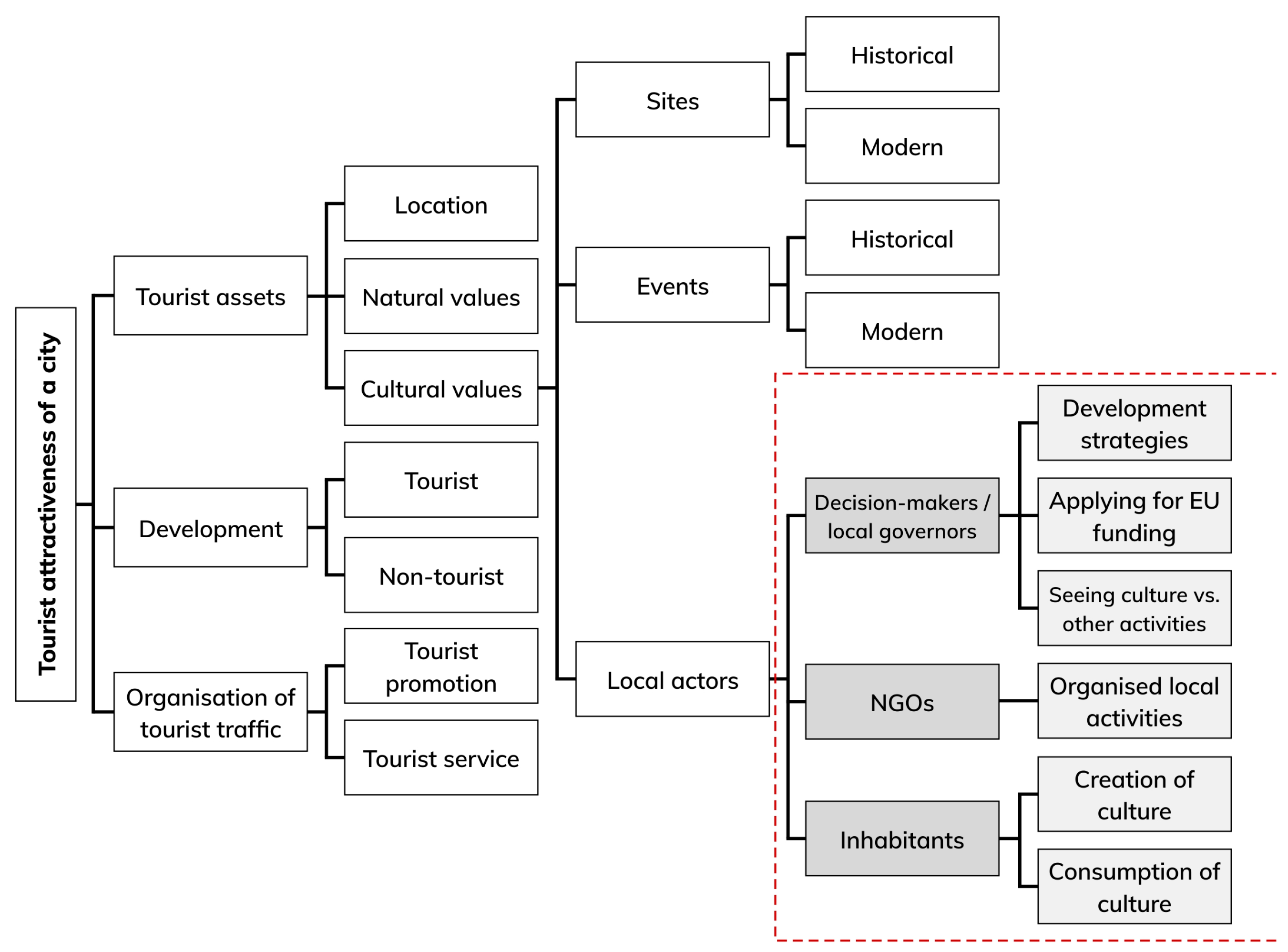
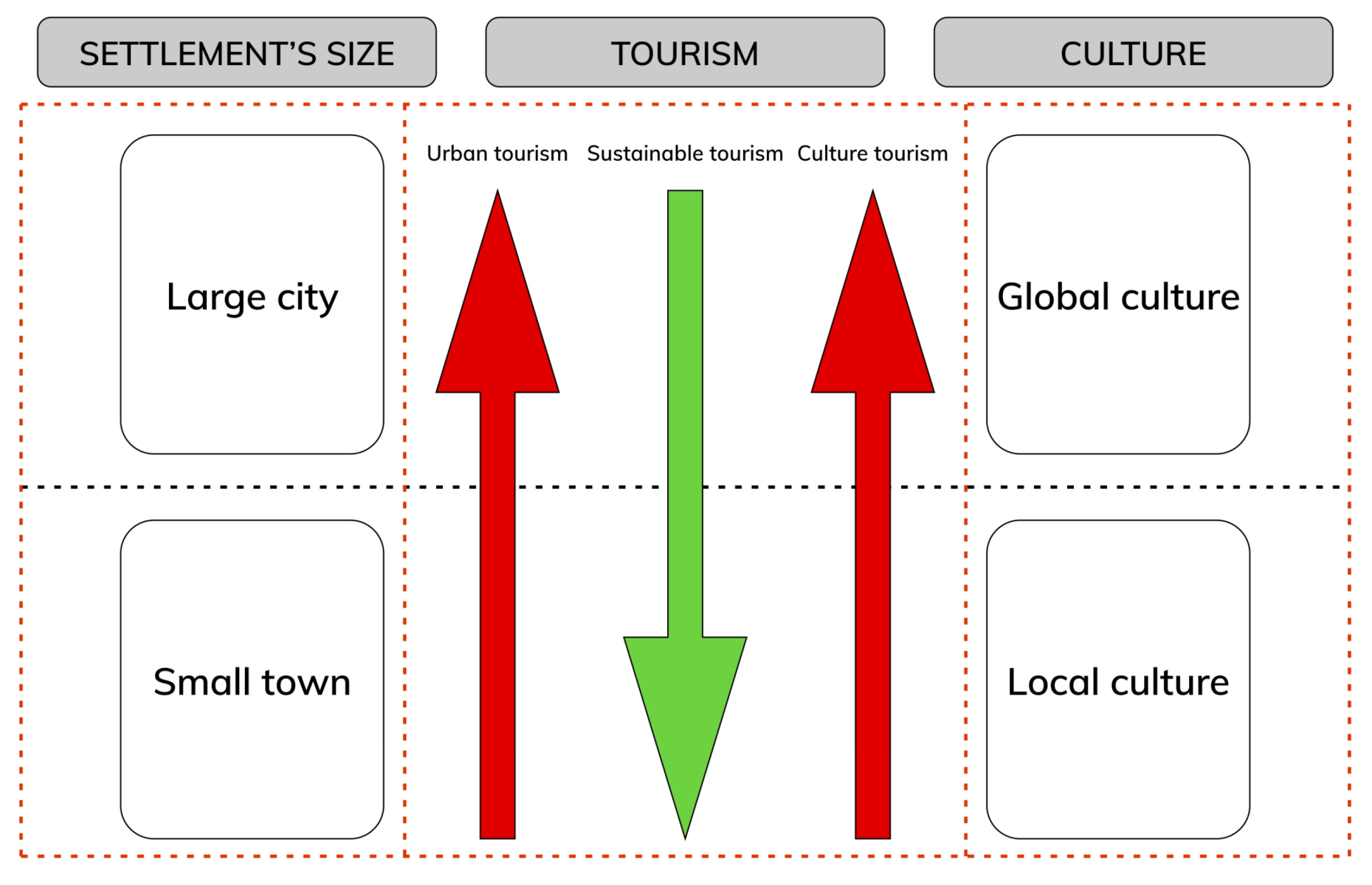
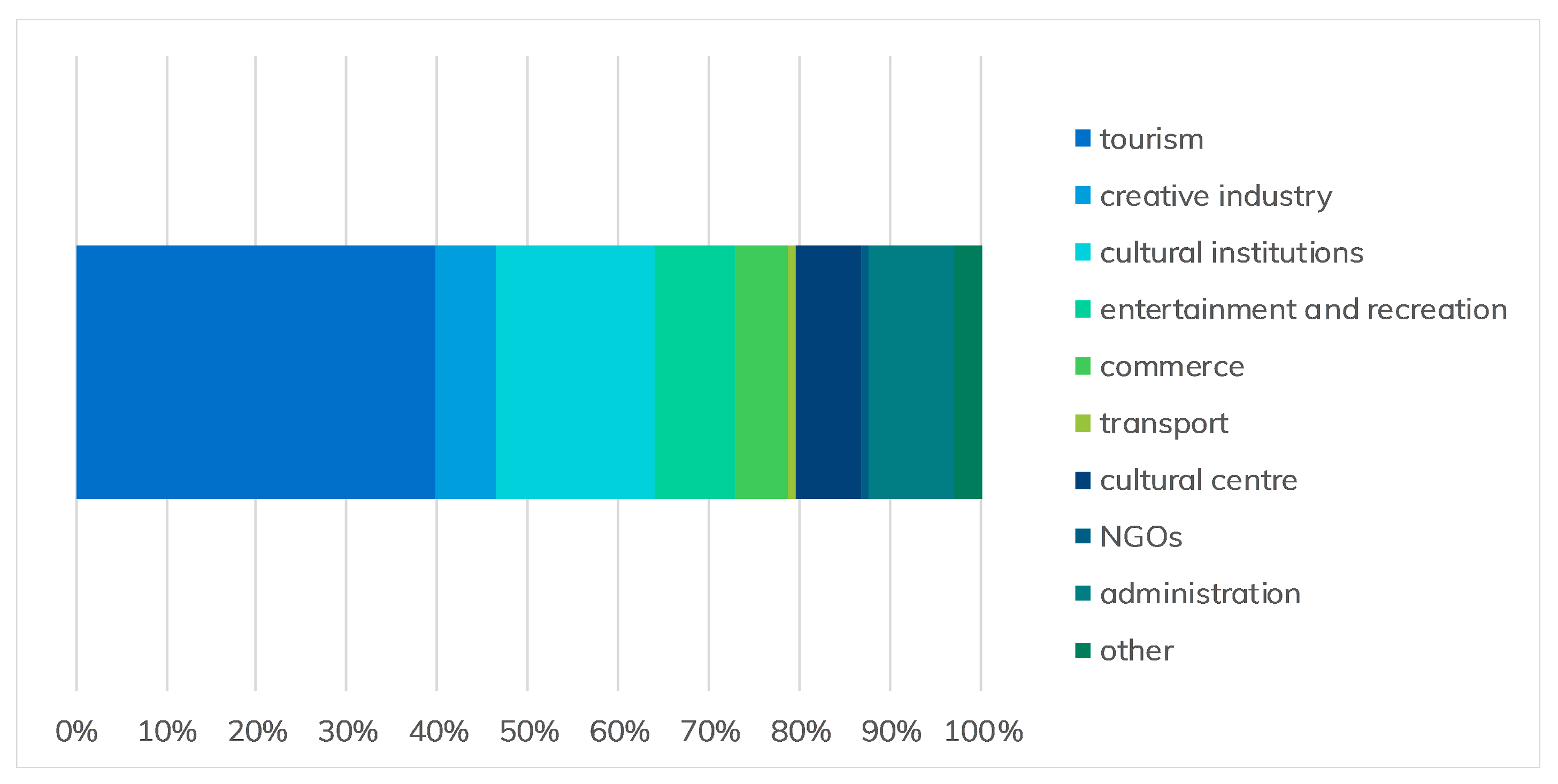
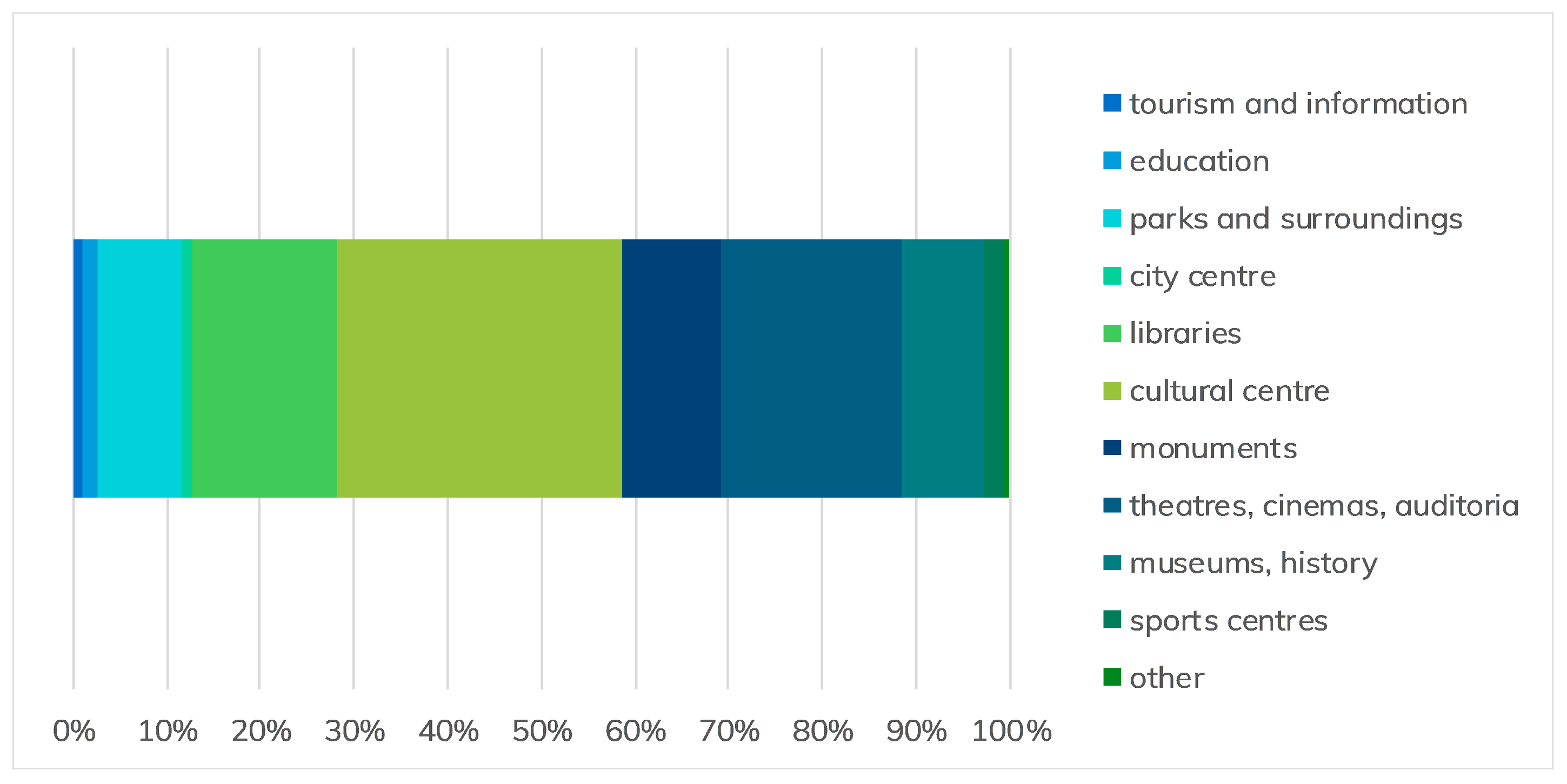
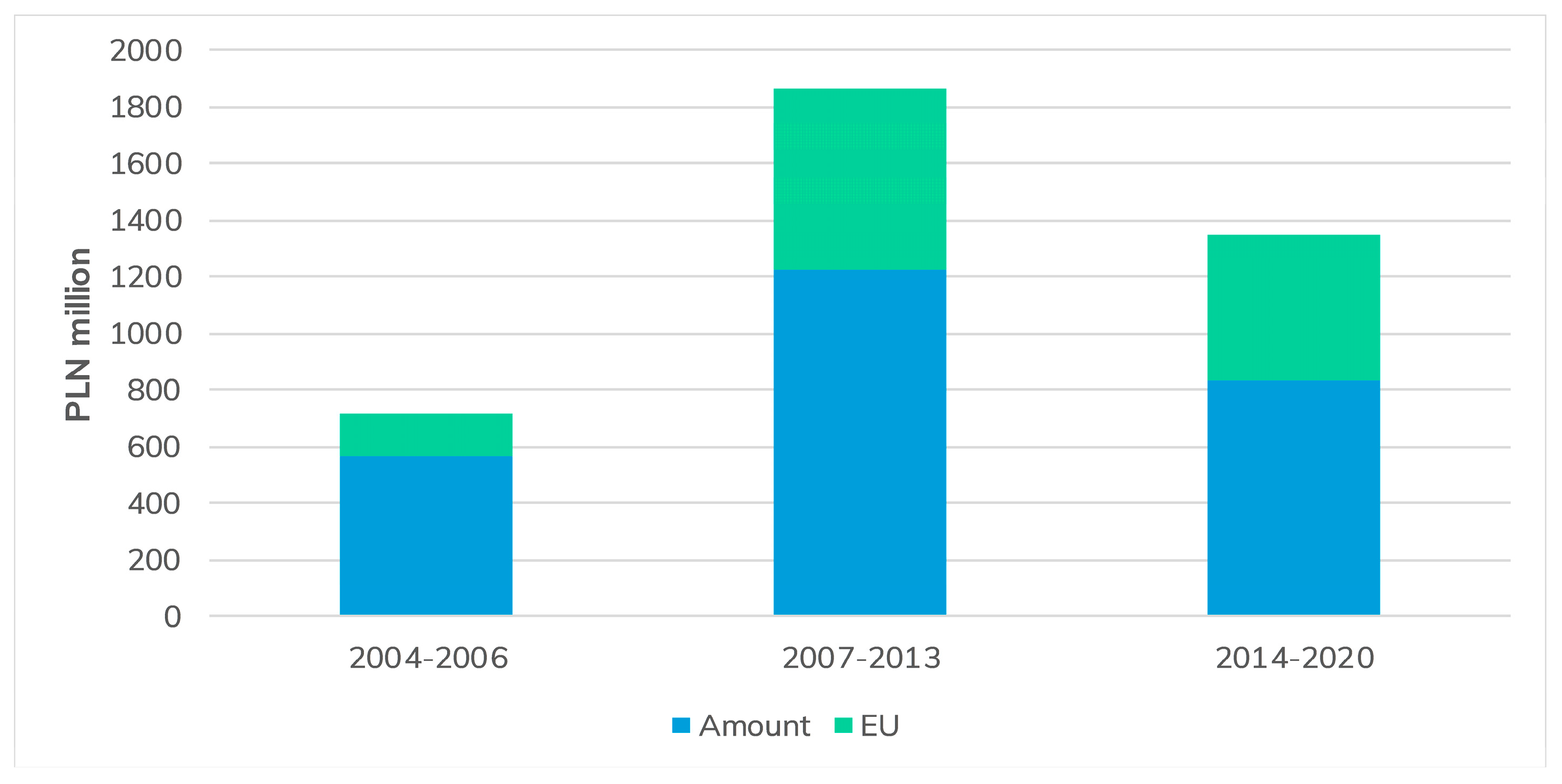
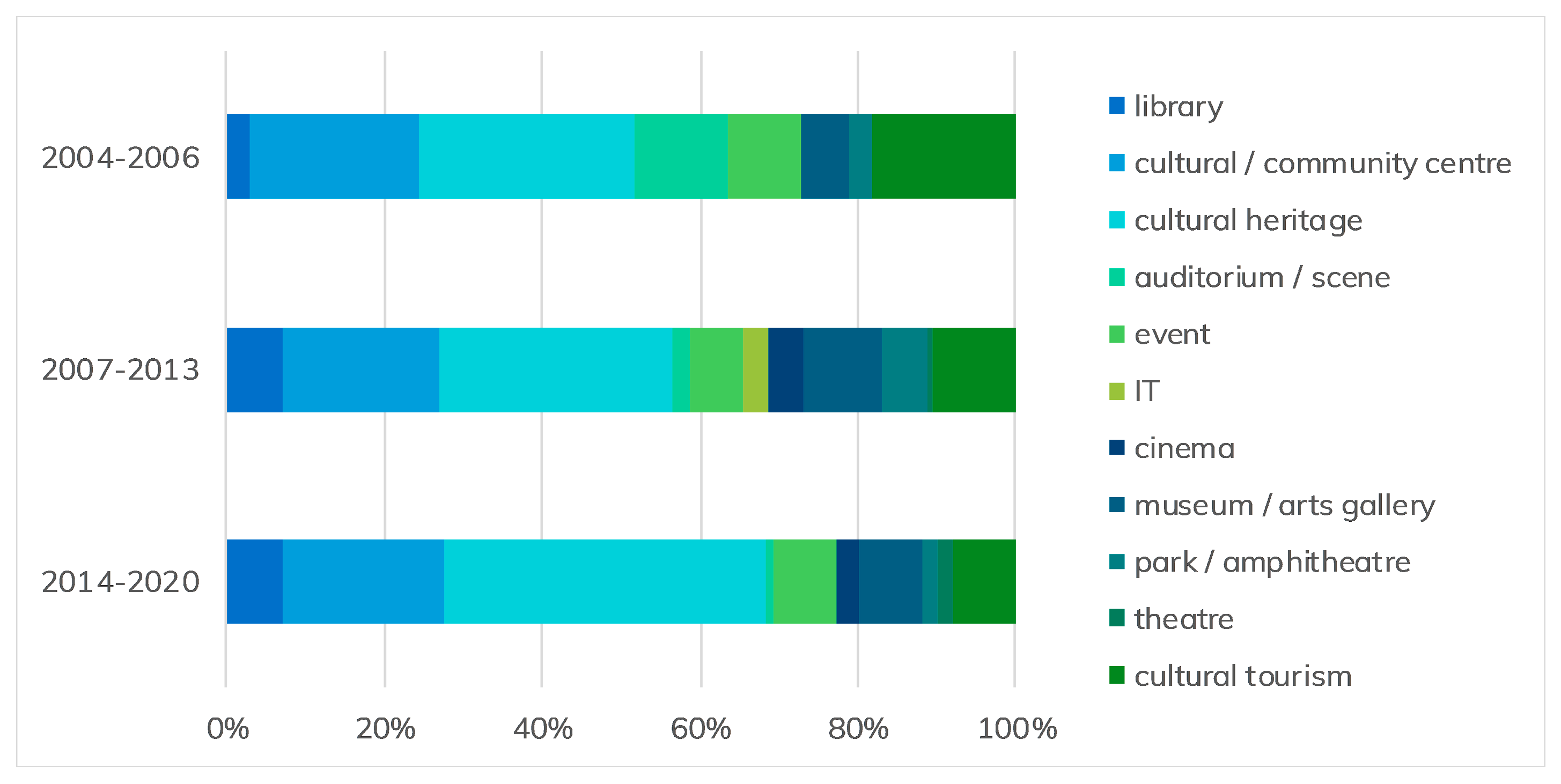
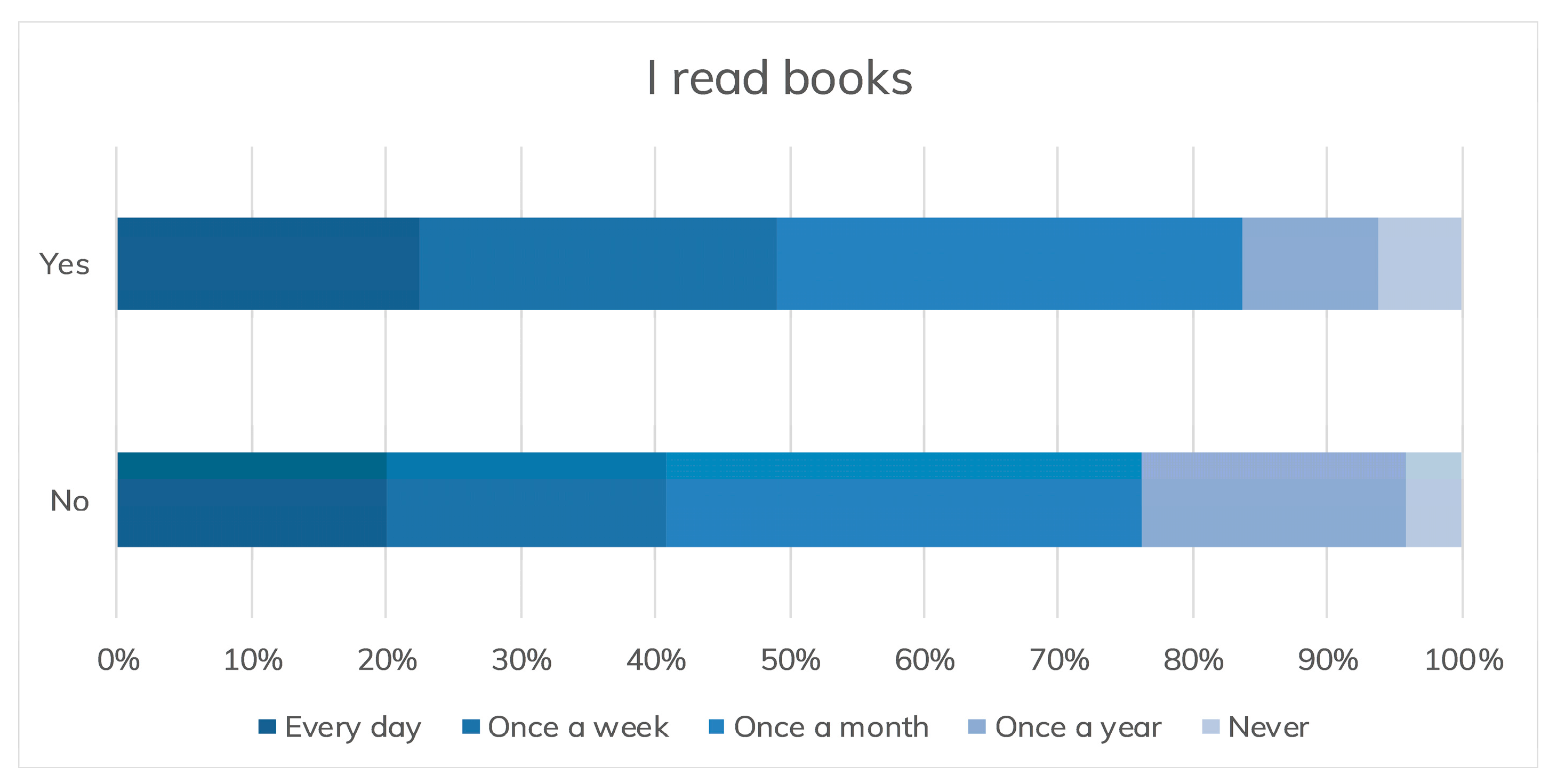
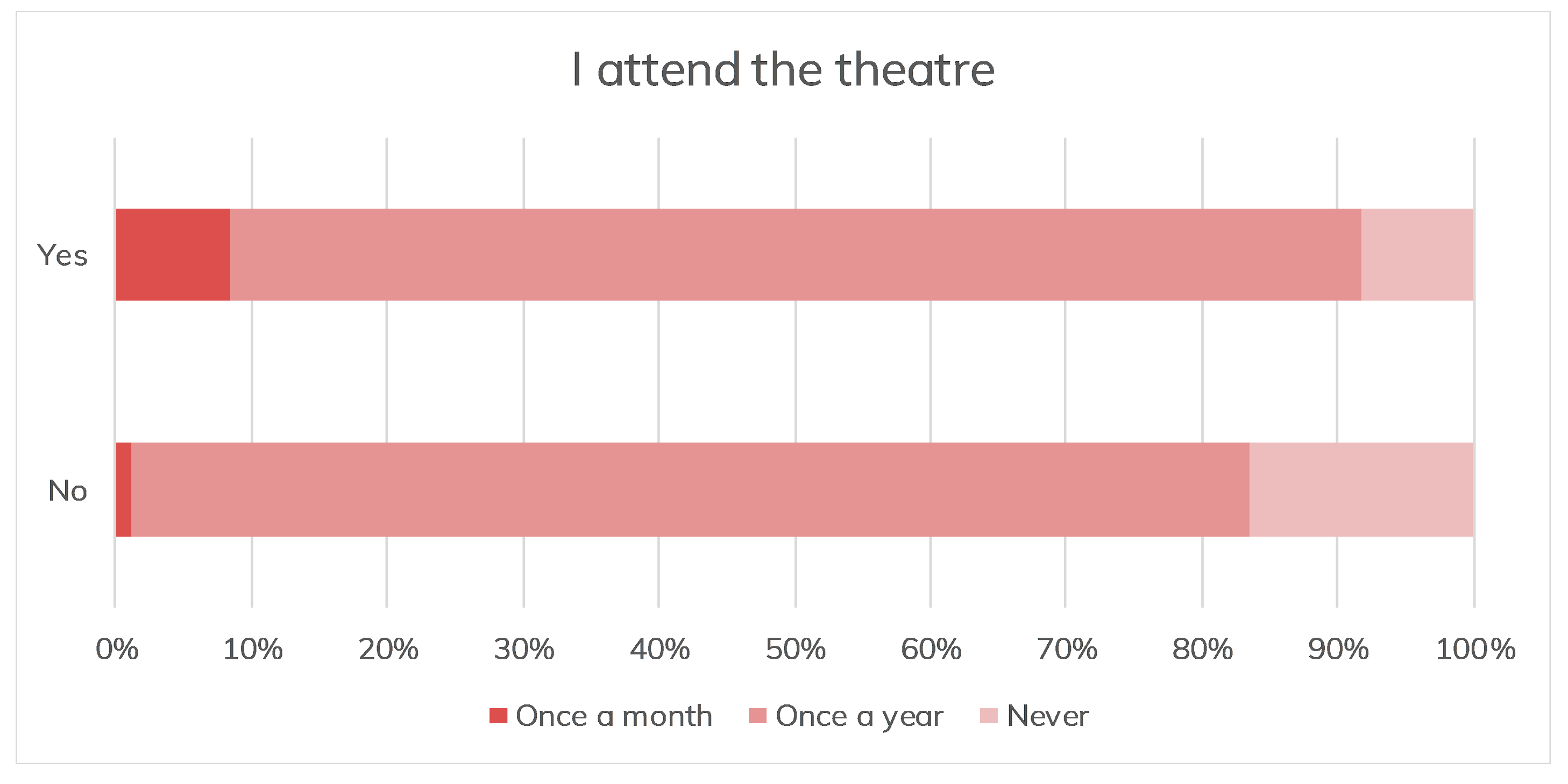
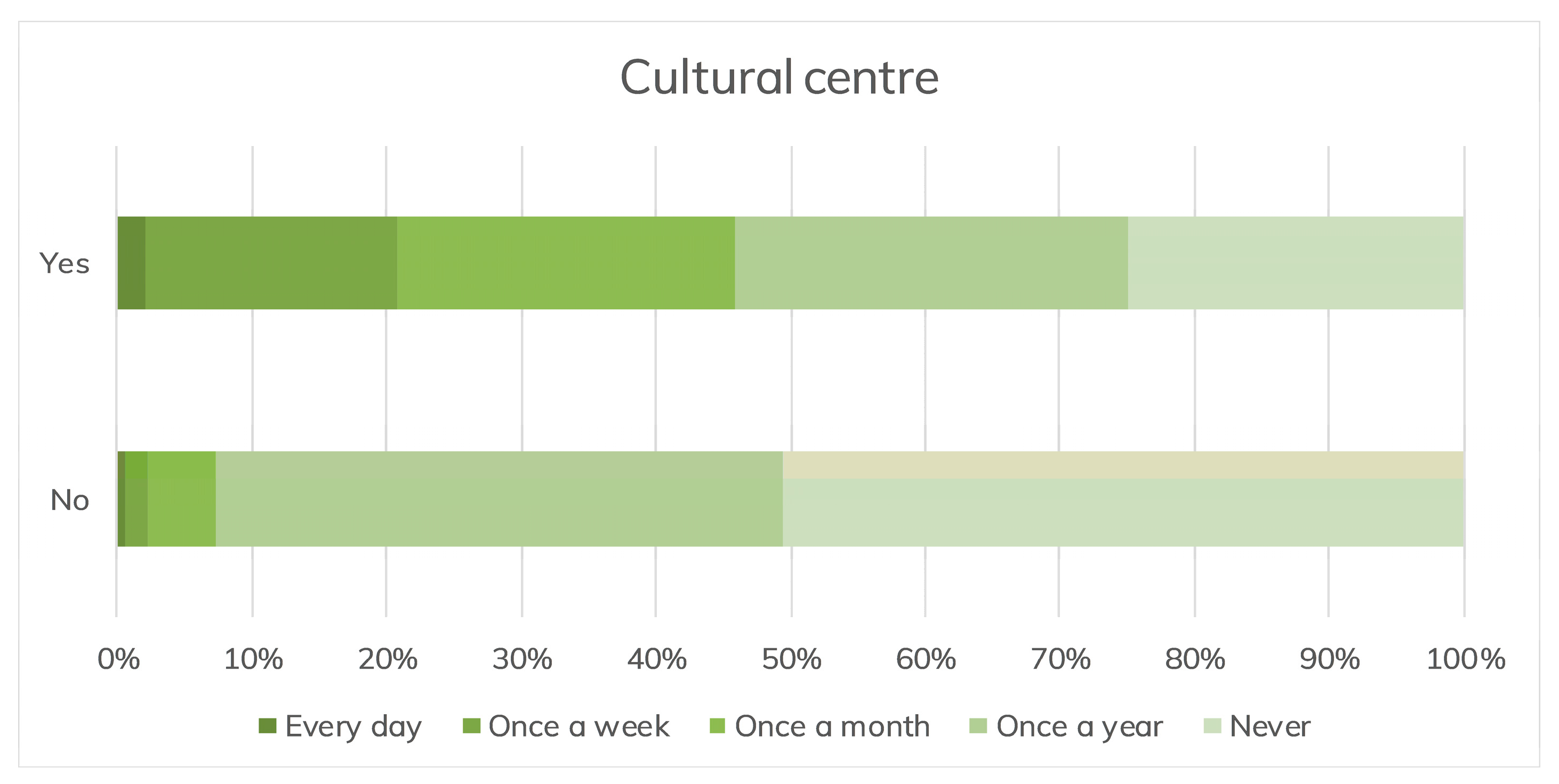
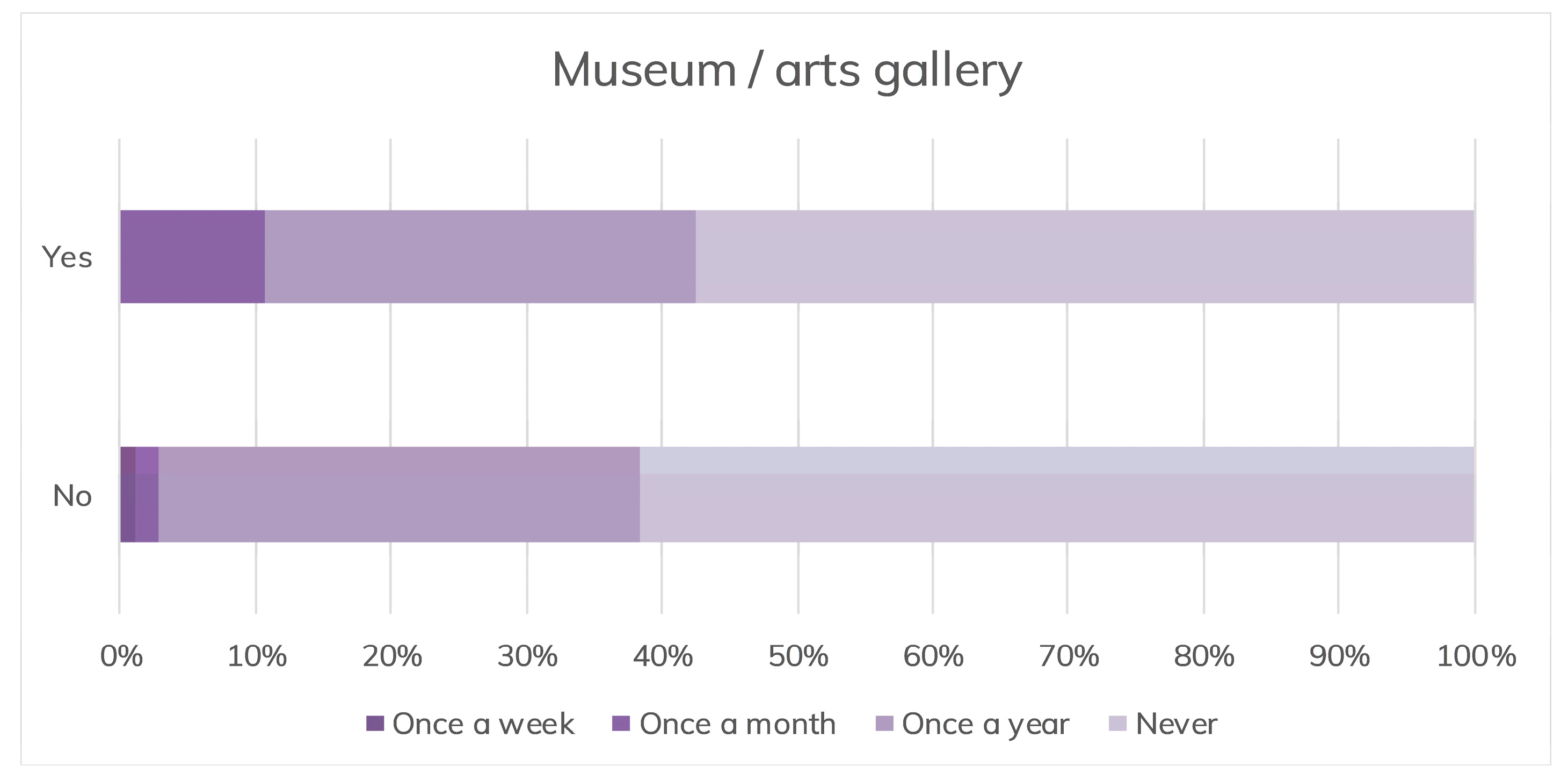
| Level of Socio-Economic Development | ||||
|---|---|---|---|---|
| Assessment of capability for culture-based development | Class a | Class b | Class c | |
| Average I | Ia | Ib | Ic | |
| High II | IIa | IIb | IIc | |
| Outstanding III | IIIa | IIIb | IIIc | |
| Level of Socio-Economic Development | ||||
|---|---|---|---|---|
| Assessment of capability for culture-based development | a | b | c | |
| I | Sochaczew, Starachowice | Mielec, Kłodzko, Lubań, Lubin, Luboń, Mysłowice | - | |
| II | Chełmno, Hajnówka, Kraśnik, Ostrowiec Świętokrzyski, Piastów | Bartoszyce, Bielsk Podlaski, Bochnia, Chojnice, Cieszyn, Głogów, Gniezno, Jastrzębie-Zdrój, Józefów, Jawor, Knurów, Kościan, Kościerzyna, Kutno, Lubliniec, Łowicz, Łuków, Mikołów, Piła, Pruszków, Przemyśl, Tarnobrzeg, Wągrowiec, Zambrów | Kołobrzeg, Leszno, Marki, Słupsk, Nowy Targ, Świnoujście | |
| III | Bełchatów, Będzin, Czeladź, Nowa Ruda, Skarżysko-Kamienna, Zgierz, Zgorzelec | Augustów, Białogard, Bolesławiec, Chełm, Ciechanów, Działdowo, Ełk, Giżycko, Grajewo, Inowrocław, Jasło, Jaworzno, Kętrzyn, Konin, Koło, Lubartów, Malbork, Mińsk Mazowiecki, Mrągowo, Oleśnica, Oława, Oświęcim, Reda, Rumia, Rydułtowy, Sandomierz, Sieradz, Sopot, Szczecinek, Szczytno, Tarnowskie Góry, Tczew, Turek, Wejherowo, Żary, Żory, Żyrardów, Żywiec | Biała Podlaska, Biłgoraj, Brodnica, Ostrów Mazowiecka, Płońsk, Siedlce, Suwałki, Zakopane, Pruszcz Gdański | |
| Min | Max | |||||
|---|---|---|---|---|---|---|
| % | City | Project | % | City | Project | |
| 2004–2006 | 10.7 | Sopot | Construction of a multifunctional sports and entertainment hall on the border of Gdańsk and Sopot—phase I | 80.0 | Bolesławiec | Renovation of the museum building in Bolesławiec with the separation of tourist and recreational functions |
| 80.0 | Przemyśl | The centre is our showpiece | ||||
| 2007–2013 | 19.2 | Conversion of the LOT Cinema building into the Cultural Centre in Świdnik | 85.8 | Ełk | “Our Heritage—Ełk Narrow Gauge Railway” | |
| 2014–2020 | 19.3 | Revitalisation of the royal quarter in Olkusz and creation of a multimedia tourist route in the basement of the town hall | 85.0 | Nowy Targ | Following the trace of technical monuments from Podhale to Liptów Jarosław | |
| 85.0 | Ełk | Organ restoration in the Cathedral Church of St. Adalbert | ||||
| 85.0 | Sandomierz | Conservation of the interiors of the nave body of the pearl of early Gothic sacral architecture—the Cathedral Basilica in Sandomierz | ||||
| TBL | Local Authorities 1 | Residents 2 | NGOs 3 |
|---|---|---|---|
| Economic sphere | Very important | Important | Less important |
| Socio-ethical sphere | Important/less important | Important | Very important |
| Environmental sphere | Less important | Less important | Important |
Publisher’s Note: MDPI stays neutral with regard to jurisdictional claims in published maps and institutional affiliations. |
© 2021 by the authors. Licensee MDPI, Basel, Switzerland. This article is an open access article distributed under the terms and conditions of the Creative Commons Attribution (CC BY) license (https://creativecommons.org/licenses/by/4.0/).
Share and Cite
Środa-Murawska, S.; Grzelak-Kostulska, E.; Biegańska, J.; Dąbrowski, L.S. Culture and Sustainable Tourism: Does the Pair Pay in Medium-Sized Cities? Sustainability 2021, 13, 9072. https://doi.org/10.3390/su13169072
Środa-Murawska S, Grzelak-Kostulska E, Biegańska J, Dąbrowski LS. Culture and Sustainable Tourism: Does the Pair Pay in Medium-Sized Cities? Sustainability. 2021; 13(16):9072. https://doi.org/10.3390/su13169072
Chicago/Turabian StyleŚroda-Murawska, Stefania, Elżbieta Grzelak-Kostulska, Jadwiga Biegańska, and Leszek S. Dąbrowski. 2021. "Culture and Sustainable Tourism: Does the Pair Pay in Medium-Sized Cities?" Sustainability 13, no. 16: 9072. https://doi.org/10.3390/su13169072
APA StyleŚroda-Murawska, S., Grzelak-Kostulska, E., Biegańska, J., & Dąbrowski, L. S. (2021). Culture and Sustainable Tourism: Does the Pair Pay in Medium-Sized Cities? Sustainability, 13(16), 9072. https://doi.org/10.3390/su13169072






